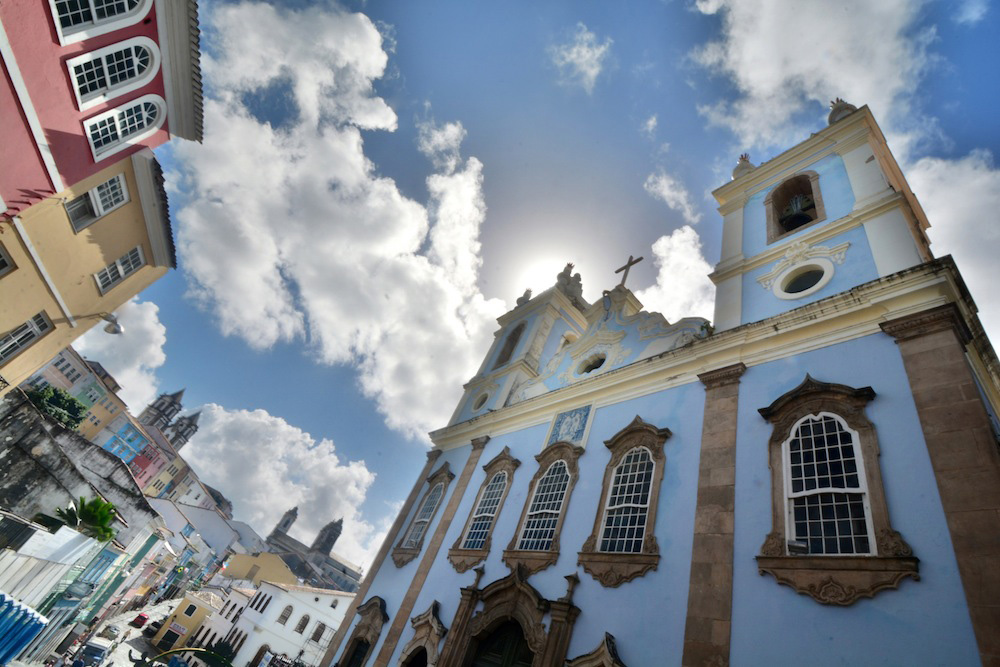
When my plane landed in Salvador, Brazil recently, I was beyond exhausted. Not just physically – I’d just finished up five days in the otherwordly Lençóis Maranhenses, about half of which was spent reaching the park– but also mentally and emotionally. I hadn’t spoken more than 100 words of English since saying goodbye to my friend Leah in Rio, and the memory of my robbery in Ipanema still lingered in the back of the mind, causing paranoia to wash over me whenever I wandered into a populated place.
Then, there was the fact that every single person on the plane (besides me, of course) was decked out in their national soccer team’s colors – I was tired of the World Cup before it began, you might recall.
In many ways, perhaps like I’ve never been during such a short trip before, I was ready to go home as I walked out of Salvador Airport’s exit. But then, I saw a sign that changed everything.
Day One: Pelourinho
Literally a sign: The owner of my hotel, who’d surprisingly taken me up on my request to be picked up at the airport, was waiting with a piece of paper that bore not only my name, but my flashy email signature – which is to say, a huge picture of my face.
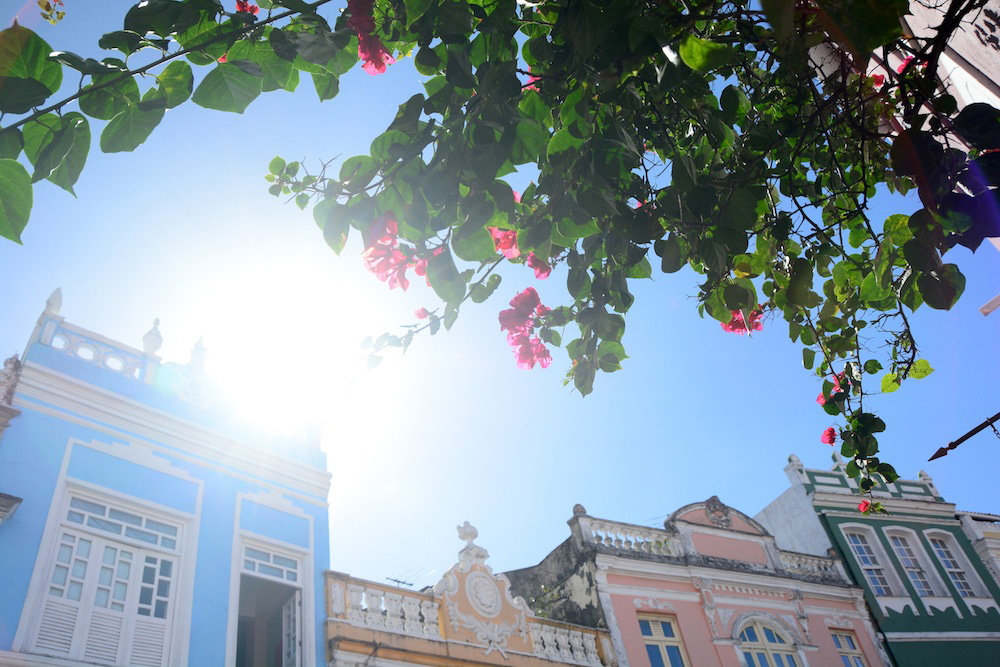
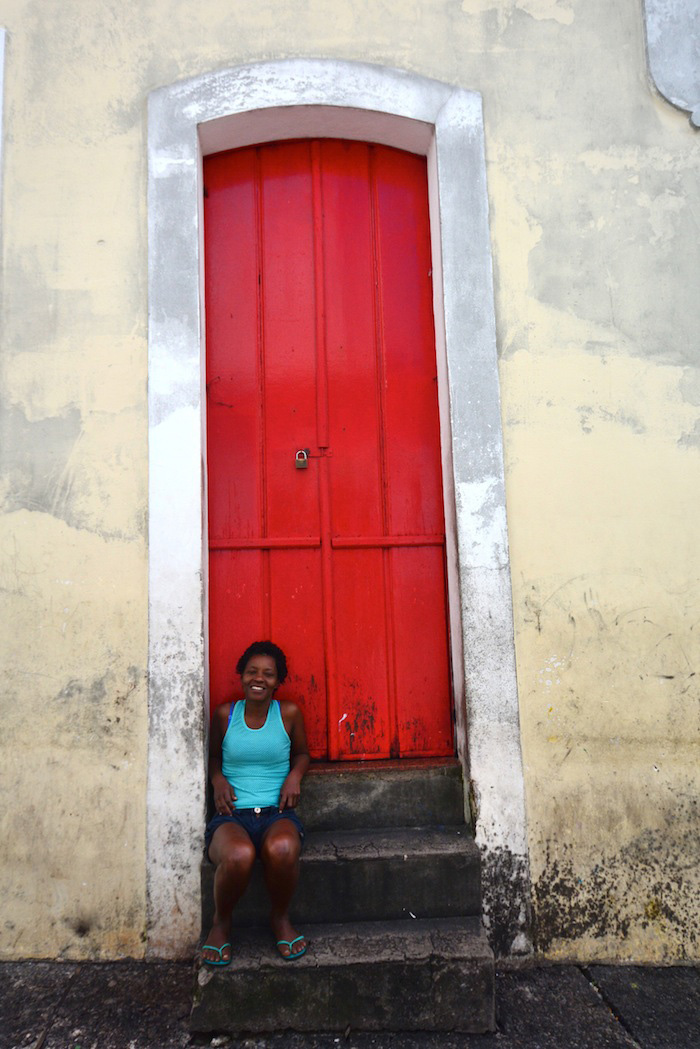
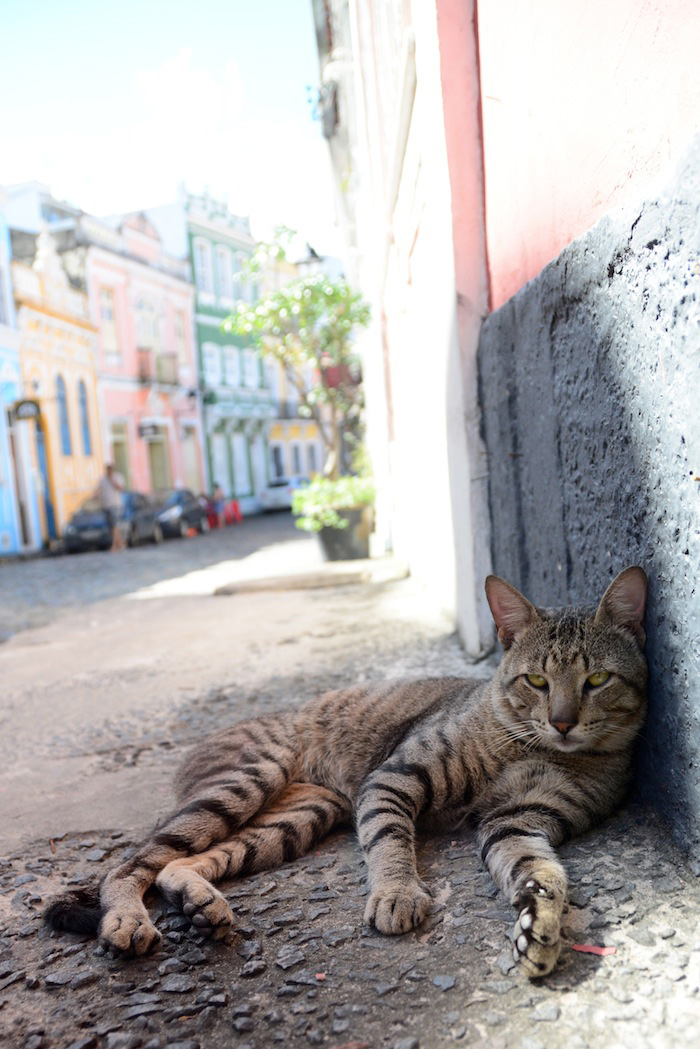
Second wind or not, I headed to bed pretty immediately upon arriving in Pelourinho, Salvador’s historic district, with the intent of spending the entire next day exploring it. The good news is that I’d hit it off Hansel, a German-Cuban traveler who was volunteering as receptionist of the hostel, and he’d agreed to accompany me on my adventures the next day. The bad news is that I couldn’t sleep (ironically, on account of the hostel’s excellent location, which was right above a major party street), so morning came a lot more harshly than it should’ve.
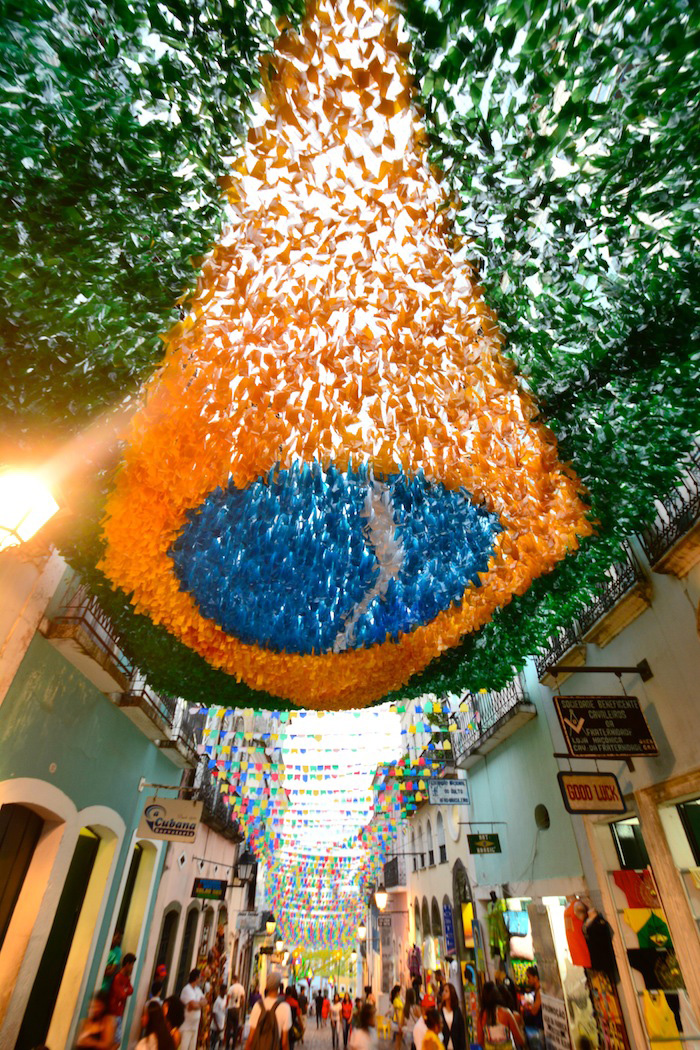
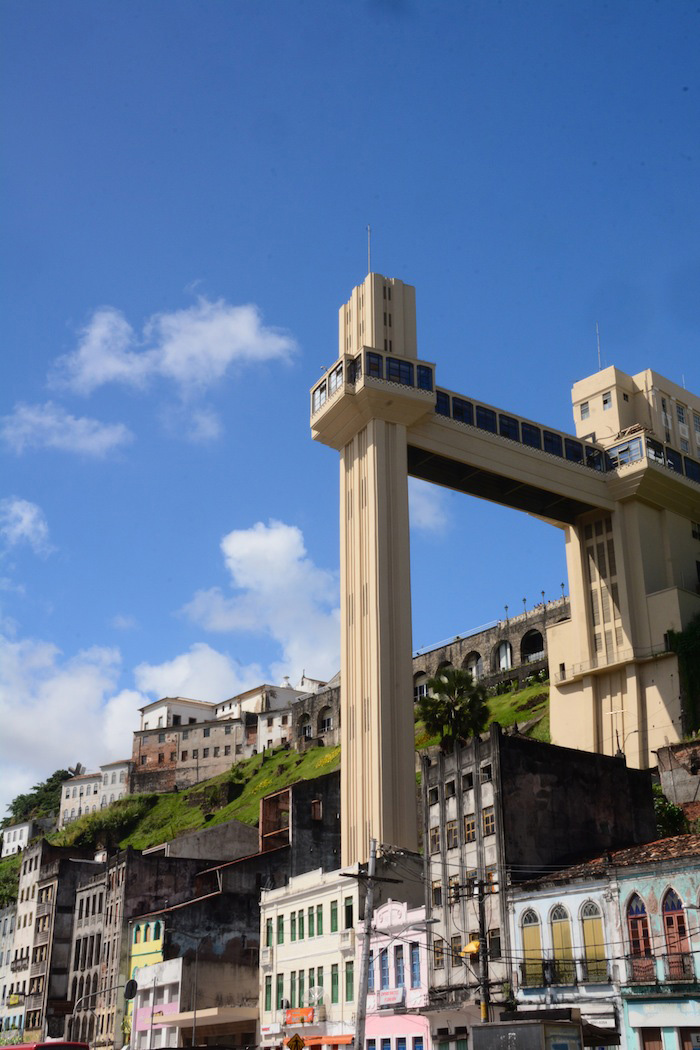
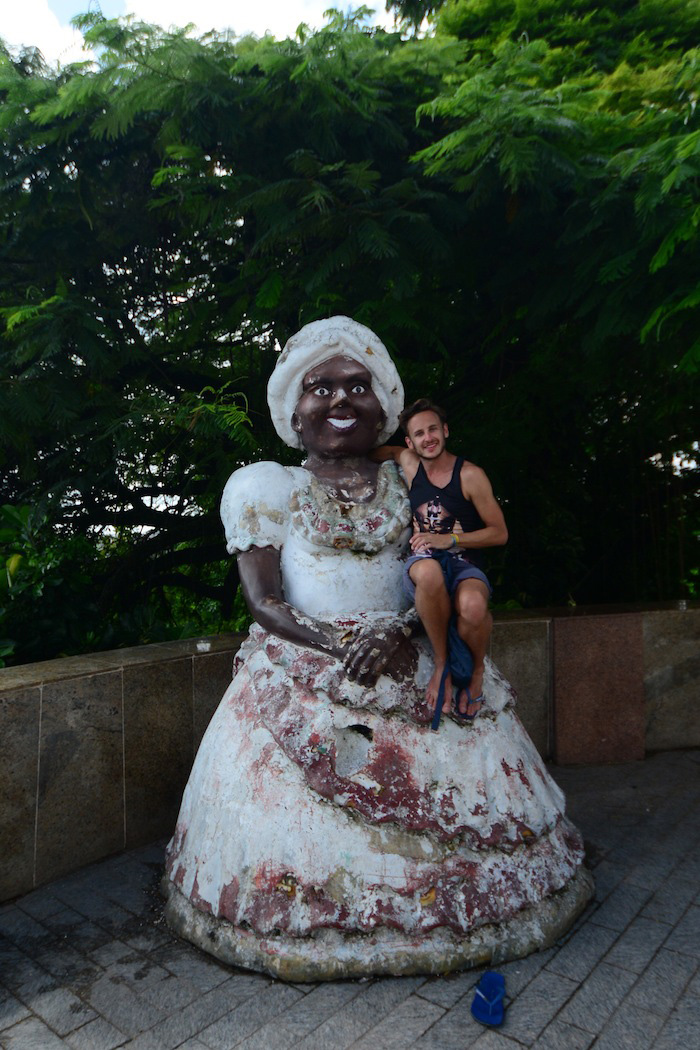
The thing about Pelourinho is that, while it’s unique for Brazil (none of the other Brazilian cities I’ve visited have comparable “old towns”), it evokes a lot of other places I’ve traveled in South America – namely, the old city of Cartagena, without the walls of course. And at a much higher elevation, to the extent that a contraption known as the Elevador Lacerda exists to transport tourists and residents alike from the old city, which is a couple hundred feet in elevation, down to sea level, whether to visit Mercado Modelo or to catch a ferry out. There’s also a semi-modern city beneath the more inviting old one, but it looked shady as fuck, so I didn’t venture in.
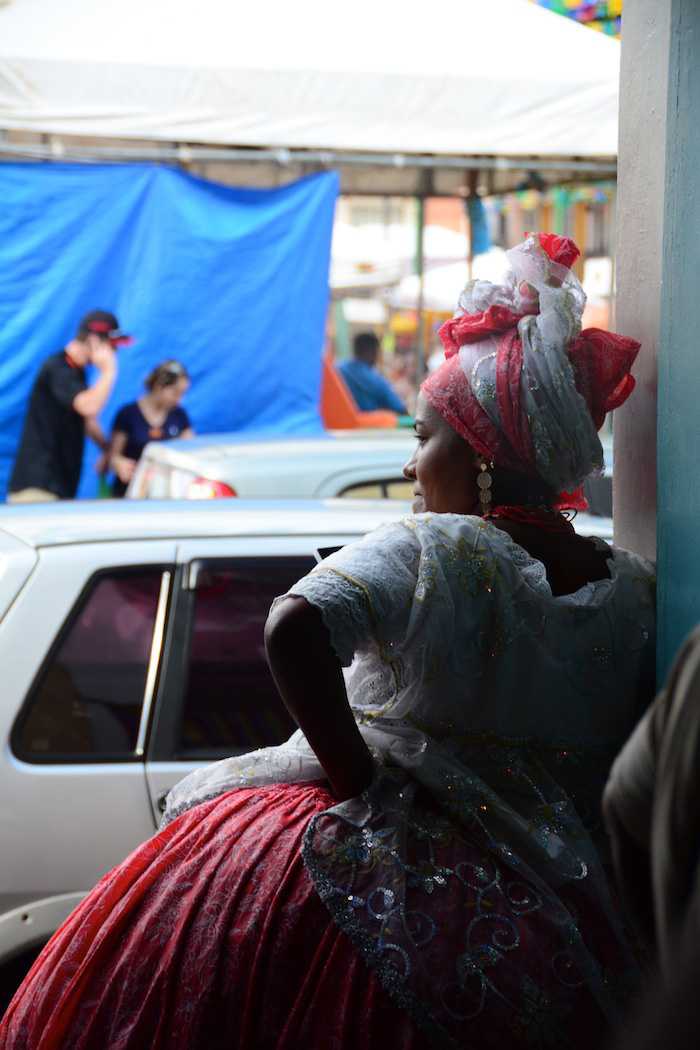
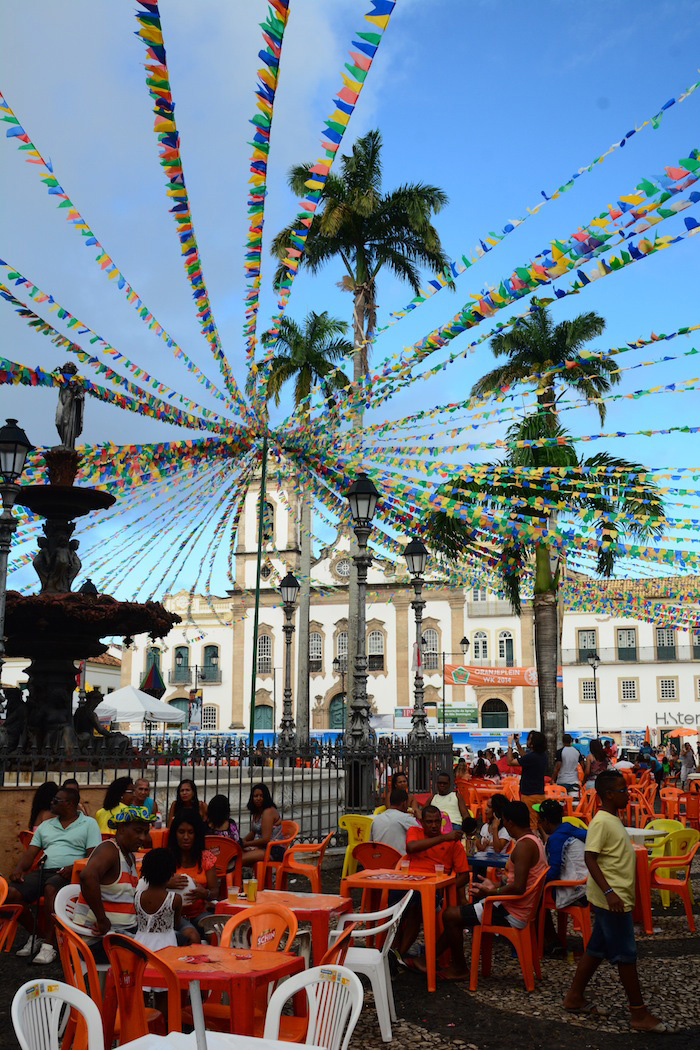
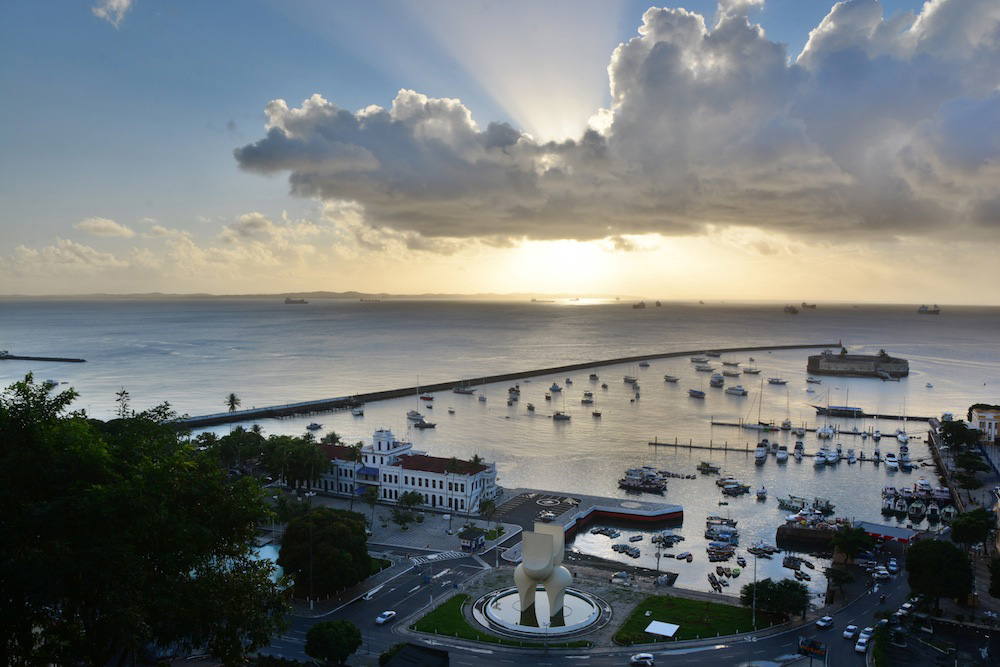
Back to the old city of Pelourinho. As I said, it’s pretty standard as far as South American historical districts go: Churches and plazas; long streets of extremely colorful houses; people dressed in traditional costumes (here, Afro-Brazilian baianas); fast food vendors; and, since this is South America, an inordinate number of armed police. I highlight these facts not to complain or berate Salvador, but because discovering this came as a massive relief to me: For the first time on a trip that seemed much longer than it should’ve, I was able to just relax (relatively speaking) and be a tourist. Salvador was certainly living up to its name, which translates to “savior” in English.
Day Two: Itaparica
Hansel and I had stayed out literally all day, from the early hours of morning until after the sunset – and we’d made the disastrous decision to share a large jug of a local spirit (which was not cachaça, but rather tasted like pure sugar cane juice infused with alcohol) as we watched the molten sphere sink into the sea. As a result I woke up on my second of three days in Salvador, which I’d designated for taking a day trip to the nearby island of Itaparica, feeling a little less than fresh. Actually, I felt downright horrible – I even considered for a moment that I might be slipping into food poisoning or, worse, dengue.
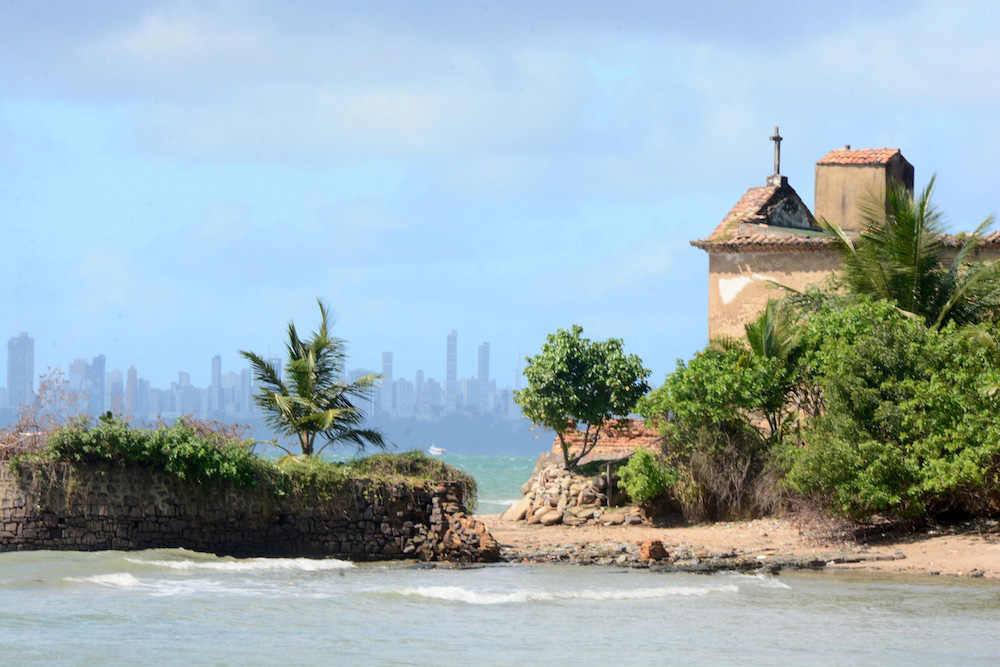
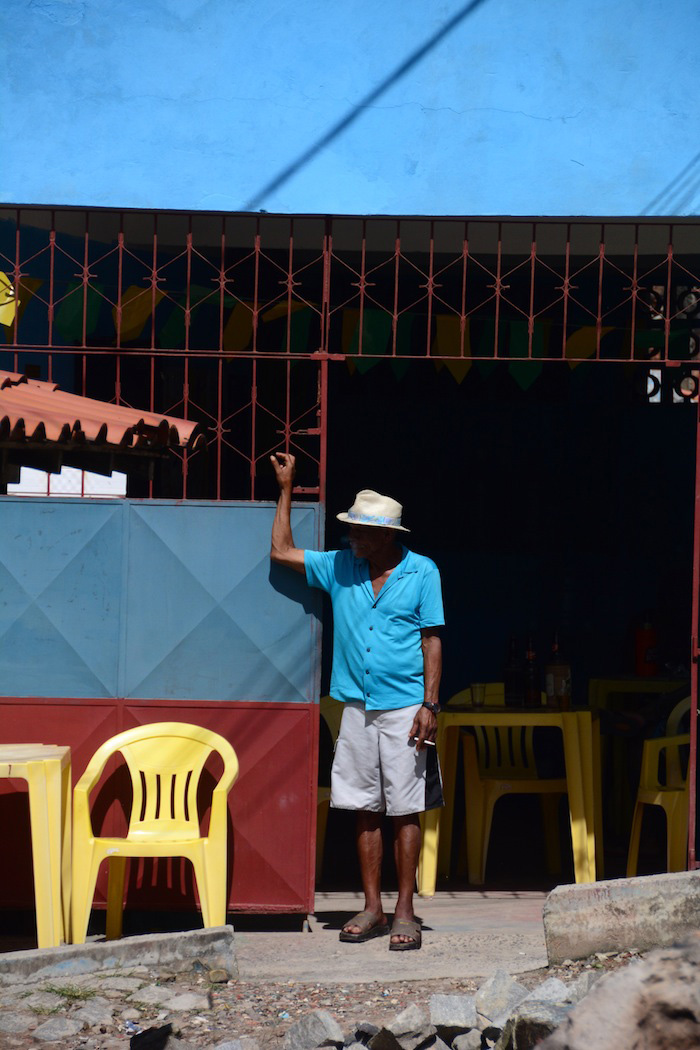
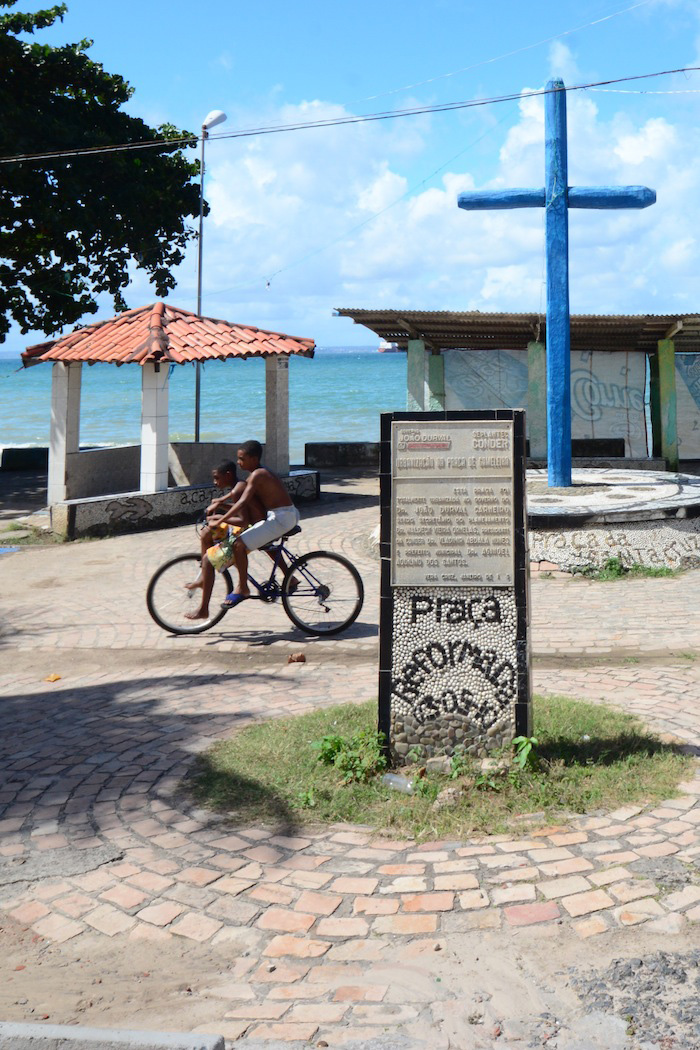
Nonetheless, I was awake, out the door and on-board a ferry by 9:30, which got to me to Itaparica’s shady-ass port less than an hour later. I say “shady” because literally every person who approached me was looking to sell me something, be it a taxi ride, a souvenir (didn’t I just get here) or, if you can believe it at 10-something in the morning, drugs. So although I had a vested interest in seeing the island’s Dutch-colonial (weird, right?) fort and historical district, I decided to peace the eff out and just walk along the coast by myself for a while.
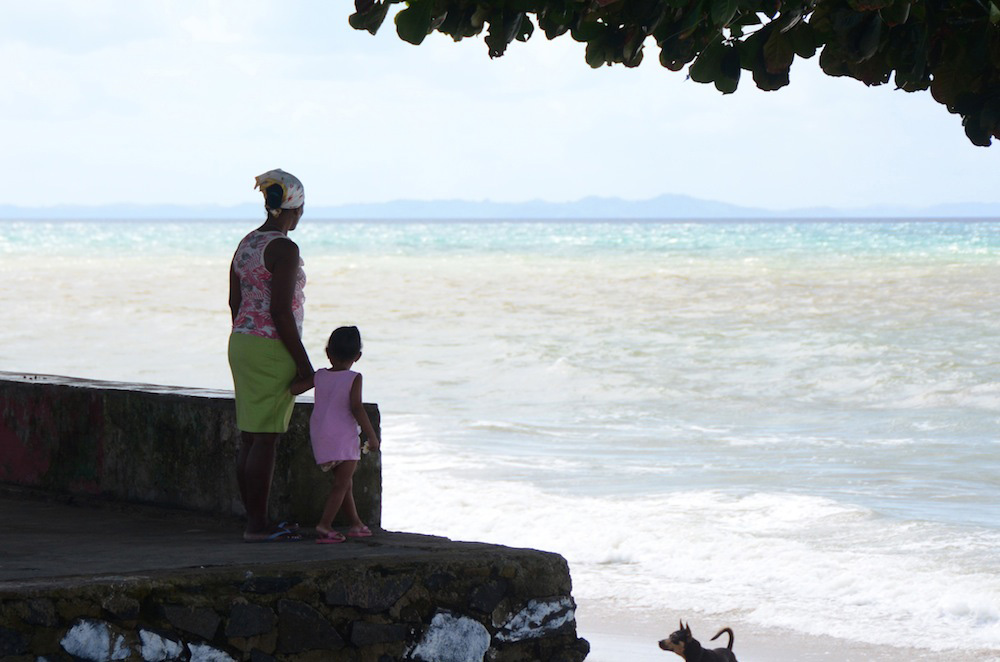
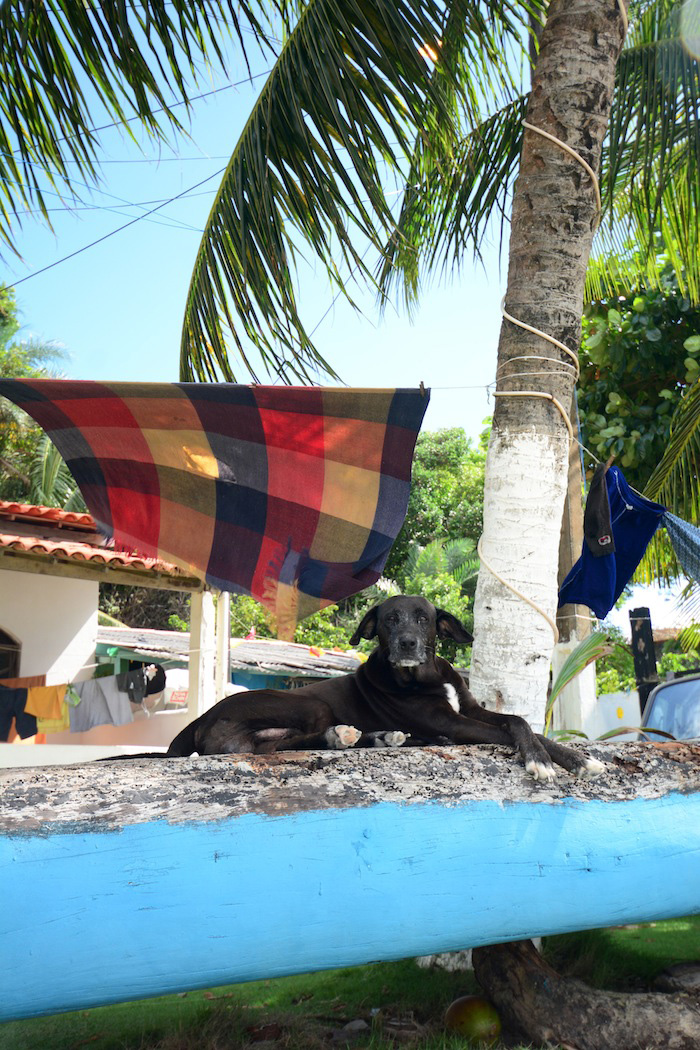
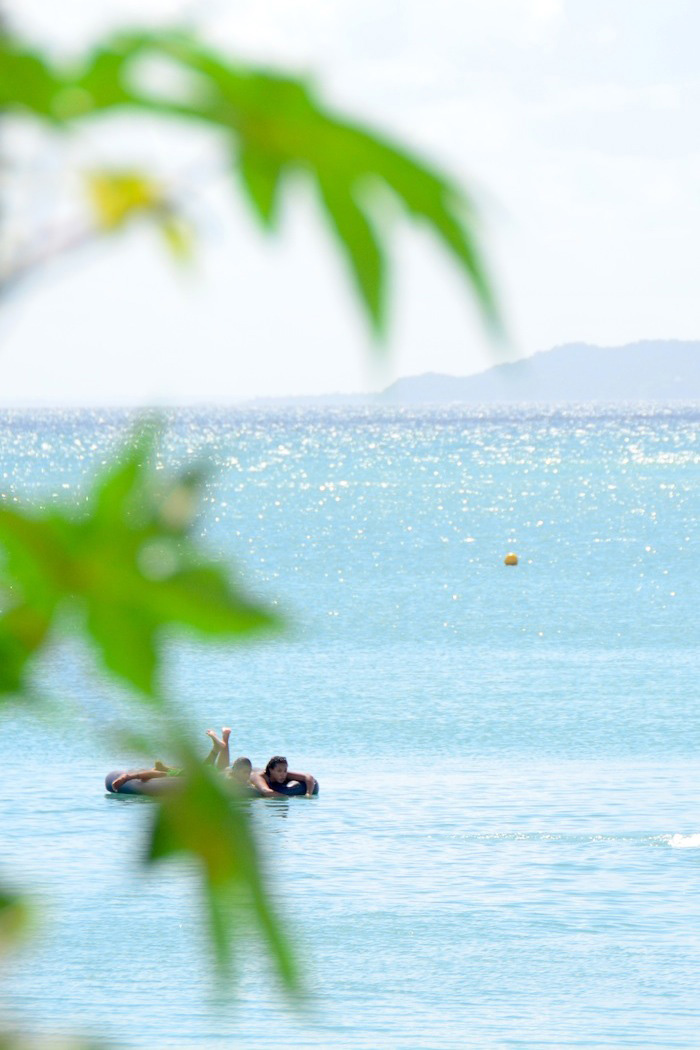
Initially, I wondered whether this was the right decision. The neighborhoods I passed as I walked northward seemed decidedly run-down (some were visibly abandoned), to say nothing of the debris on the rugged beaches. I persisted, however, and wouldn’t you know? Both the terrestrial and coastal scenery became more and more bucolic the further I went, to the point where it seemed ludicrous that a city of over a million people sat just across the bay.
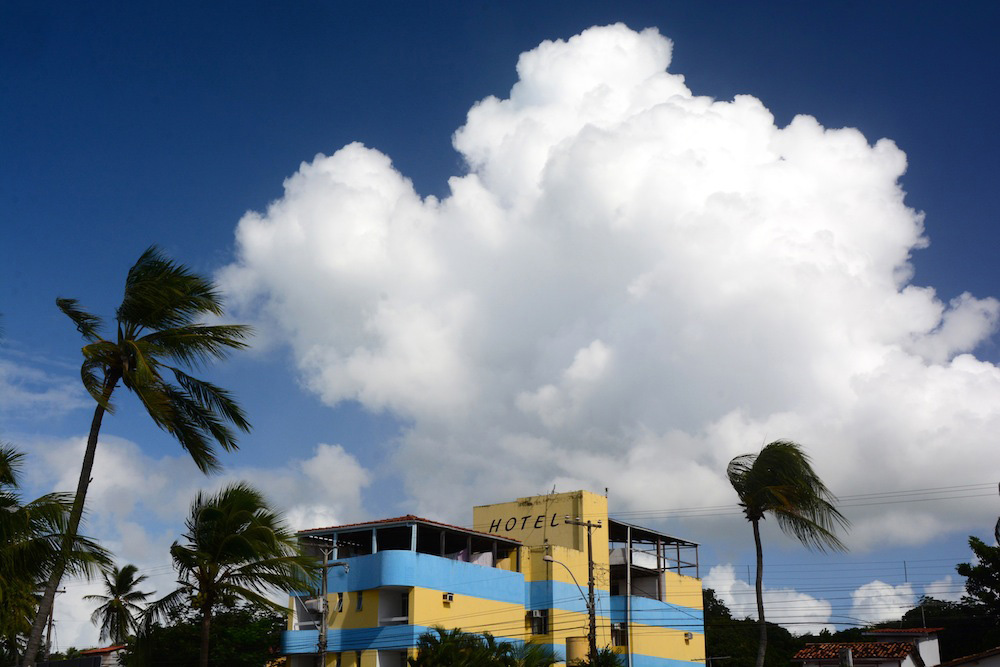
After about two hours of walking, I was beyond charmed by the castaway beauty of the island, the shy friendliness of its people and the growing sense of independence I felt, which built upon how liberating it had been to spend the day before as a simple tourist in Salvador’s old city. In spite of this, I still felt like crap, so when I arrived in the town of Bom Despacho, I headed to the island’s main bus station and hired a taxi for the rest of the day. My fatigue notwithstanding, this proved to be a questionable decision: Without the elements of discovery and local interaction, Itaparica was not nearly as special as it had been when I explored it on my own.
Day Three: Porto do Barra Beach
My last day in Salvador also happened to be my last day in Brazil, and since I hadn’t been swimming (save for a few dips in-between my dune trekking in the Lençóis) during my entire time in the country thus far, I’d planned to spend it lying on the beach – specifically at Porto do Barra, Salvador’s most iconic praia. Unfortunately, Mother Nature had different ideas, so I did exactly zero sunbathing.
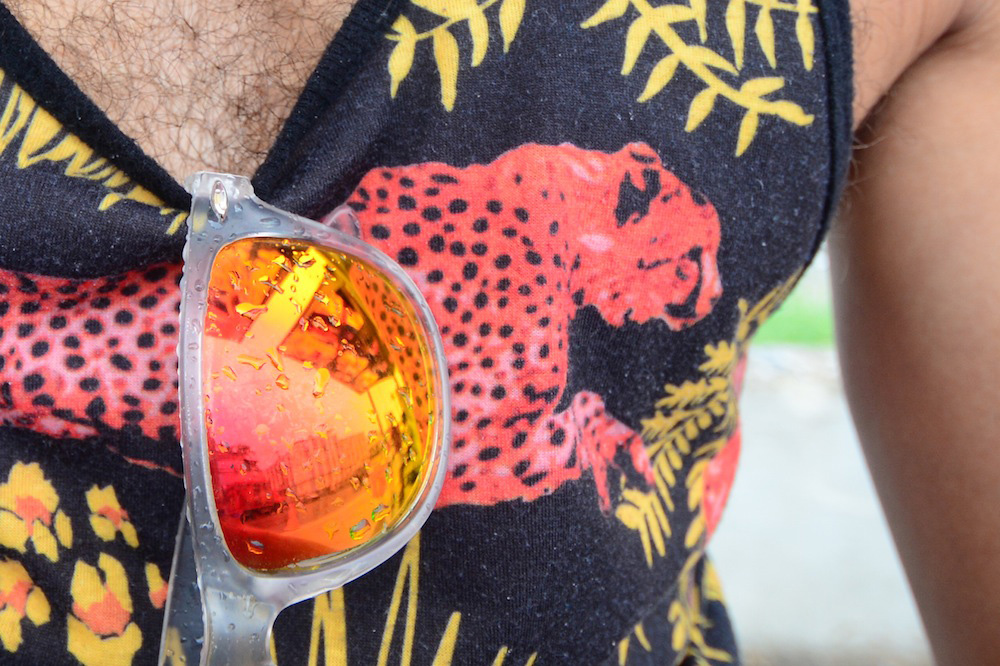
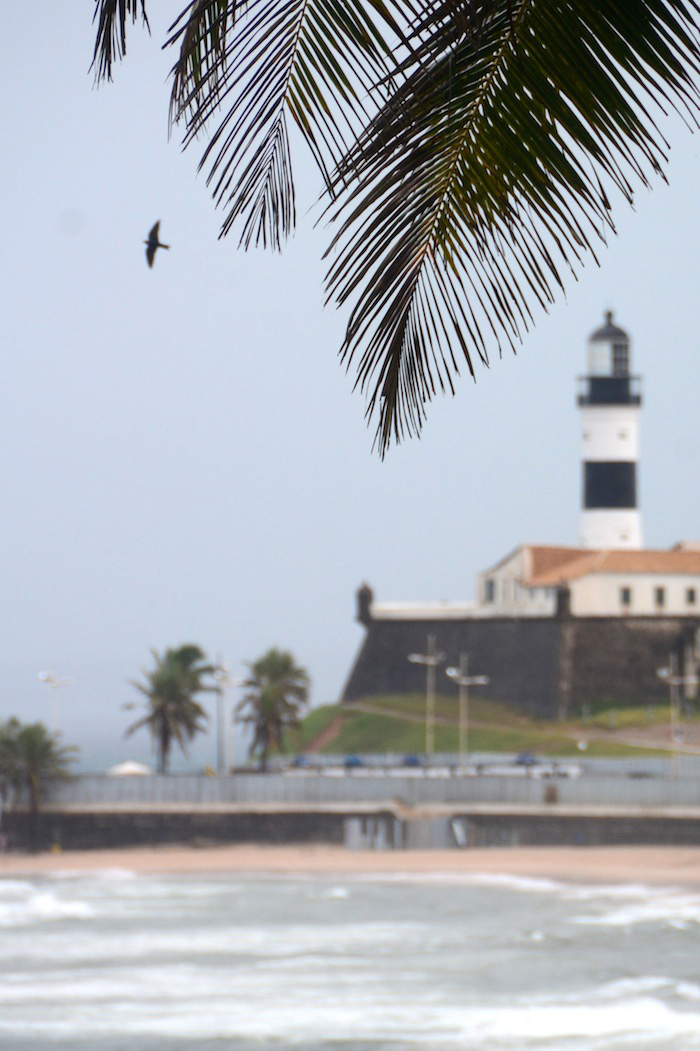
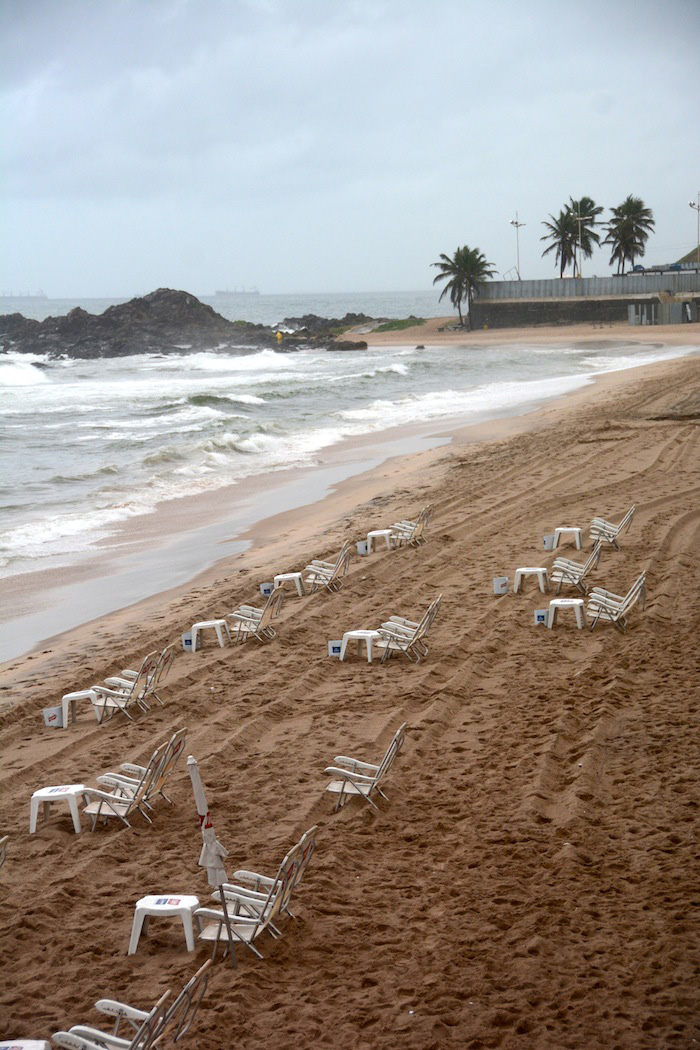
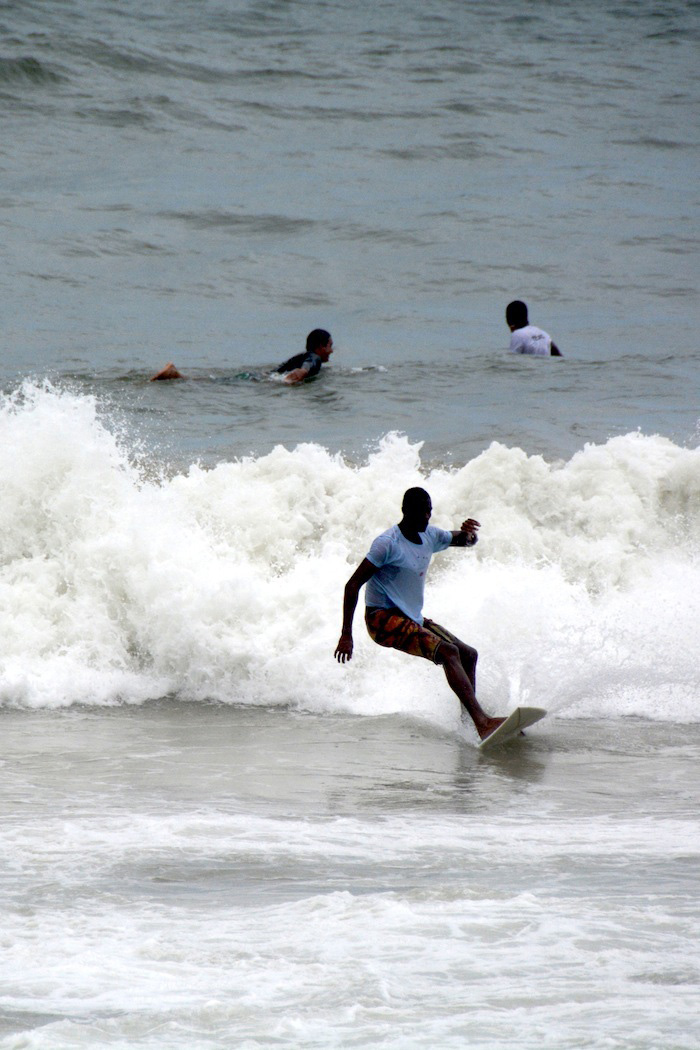
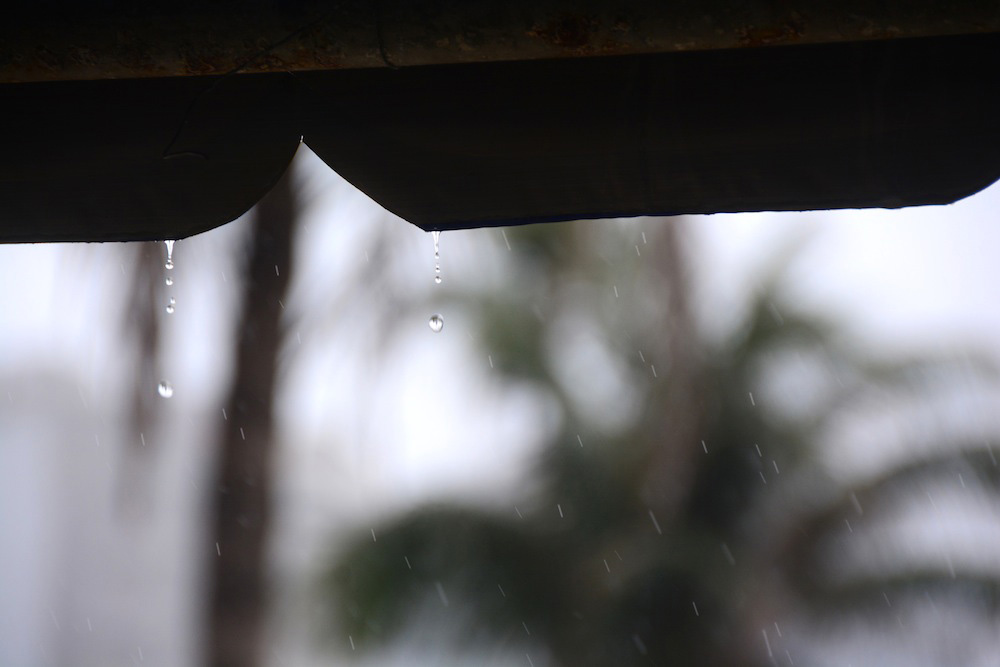
With this being said, it was interesting to stroll along the famed beach and through the upscale neighborhood (which seems something of a poor man’s Copacabana) when it lacked its prized sunshine and warmth and when its shores were completely empty, save for some surfers who obviously had death wishes. This (and the greasy cheeseburger I enjoyed just before jetting to the airport to catch my flight back to the U.S.) was far from the perfect way to end my three days in Salvador (and my two weeks in Brazil), but it was strangely appropriate.
And, dare I say, satisfying?

Robert Schrader is a travel writer and photographer who’s been roaming the world independently since 2005, writing for publications such as “CNNGo” and “Shanghaiist” along the way. His blog, Leave Your Daily Hell, provides a mix of travel advice, destination guides and personal essays covering the more esoteric aspects of life as a traveler.








